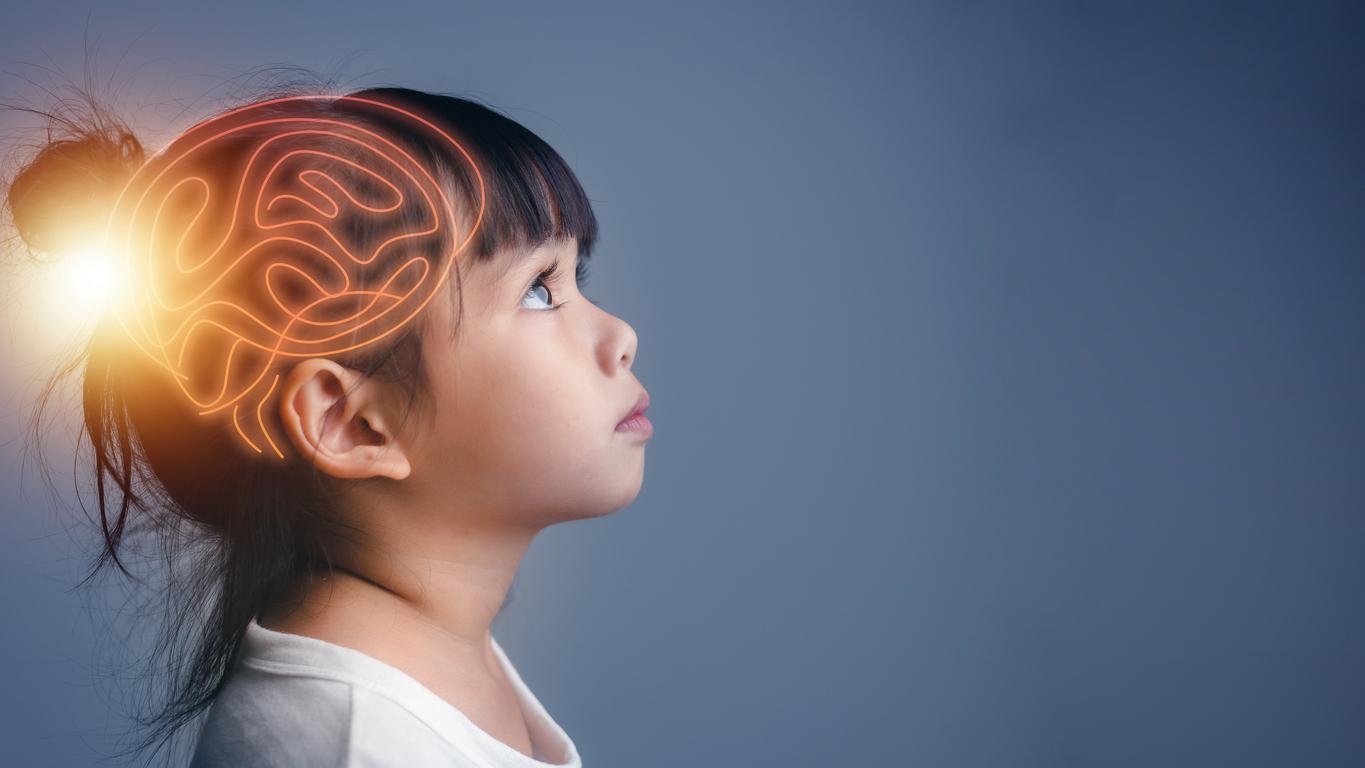According to the WHO (World Health Organization), dyslexia is by definition a specific reading disorder. It is also a persistent disorder in the acquisition of written language characterized by great difficulties in the acquisition and in the automation of the mechanisms necessary for the mastery of writing (reading, writing, spelling … ).
The most common forms of dyslexia
A distinction must be made between developmental dyslexia and acquired dyslexia. The latter is the result of trauma or brain injury, for example, while developmental dyslexia develops during learning.
There are also three main types of dyslexia:
- Phonological dyslexia : called dysphonetic or linguistic dyslexia, it is the most common form (60 to 70% of cases). It is characterized by a difficulty or even a inability of the child to associate a letter with a sound.
- Dyseidetic dyslexia : better known as the Lexical or surface dyslexia, it represents about 30% of cases. The child will have difficulty reading and recognizing words visually. This dyslexia is then accompanied by a dysorthography.
- Mixed dyslexia : it combines the two previous forms of dyslexia and is considered as the most severe. The child has difficulty understanding, recognizing and assembling his and her letter together.
Language delays with reading difficulties, variable signs
This disorder manifests itself in different ways according to the patient’s age and depending on the type.
In children, young and old, it will be necessary to watch for a delay in language and in learning to read and write. Difficulty in recognizing words, letters and spelling them is indicative of dyslexia.
It will also be necessary to be vigilant if memory problems, especially immediate ones, appear.
Behavioral problems are also detected in them: locating in space, problem with motor skills and coordination, disturbance in attention and concentration.
The adults, for their part, they will face more general difficulties in writing, in writing a summary or synthesis, in spelling and note-taking or even in reading aloud.
The majority of these symptoms are found in phonological dyslexia and dyseidetic dyslexia.
Sometimes other associated disorders are observed:
- The dysphasia : a speech and language disorder.
- The dysorthography : a learning disability characterized by great difficulty in learning spelling.
- The dyscalculia : a learning disability which results in difficulties with numbers (counting, calculating) and a lack of logical reasoning.
- Dyspraxia : a movement disorder which is distinguished by the disturbance in carrying out voluntary gestures.
- Dysgraphia : a disorder of the gesture of writing, resulting in difficulty in writing letters and words and making writing slow and illegible.
- the ADHD : Attention deficit disorder with or without hyperactivity characterized by impulsivity and problems with concentration and memory.
Diagnosis of dyslexia: a complete assessment
The diagnosis arises especially at the beginning of CE2, noting a two years behind in learning to read and write from the required level.
It is based on carrying out a complete assessment with a multidisciplinary team.
Several examinations can be performed according to each case and the doctor’s prescription:
– an ophthalmological examination and / or an orthoptic assessment
– a hearing test (audiogram) from an ENT specialist
– a psychological consultation including the performance of an intellectual quotient (IQ) test and / or personality tests;
– a psychomotor assessment
– if necessary, an appointment with a pediatric neurologist
This assessment will make it possible to establish a precise diagnosis by defining the severity of the disorders: dyslexia, dysorthography, dyscalculia … It will also make it possible to detect a possible pathology at the origin of the disorders, whether auditory, visual, neurological, psychological or psychiatric.
Early and multiple care
You should know that dyslexia is by no means a disease. It is a disorder of the function of written language. Strictly speaking, it has no remedies, only methods to correct it and reduce its consequences on the child’s life. There are many ways to treat it.
The first consists of rehabilitation by a speech therapist one or more sessions each week. This rehabilitation often requires the help of a multidisciplinary team (pedagogue, adapted psychotherapist, occupational therapist, etc.)
The music therapy also seems to have positive effects on dyslexic children, an avenue that should not be overlooked.
The child can benefit from classical schooling while being helped by external interveners (teacher of specialized schools, school psychologist). Depending on the degree of dyslexia, more means can be put in place, such as a specialized class or the help of a school assistant. It is important that a trust is established between the teacher and the child. To make the link between health professionals and teachers who follow the child, the Haute Autorité de santé has also set up a “health path guide”.
Outside of school life, parents must also be actively involved in accompanying the child at home: homework help, emotional and psychological support.
If the care is not early, the consequences can be very heavy for the child. Reading and writing difficulties can lead to illiteracy being an adult. The child can also have psychological and social repercussions with a lack self-confidence and self-esteem, a feeling ashamed andanxiety. Late care is one of the main causes of academic failure and later professional failure.
Causes of dyslexia
The causes of dyslexia remain to this day misknown. The one that is privileged today is the genetic predisposition. Researchers have reportedly proven an anomaly on certain chromosomes. We also note that 50% of people with dyslexia have a family history. A disorder in the eyes could also be the cause according to a French study.
Sources:
















